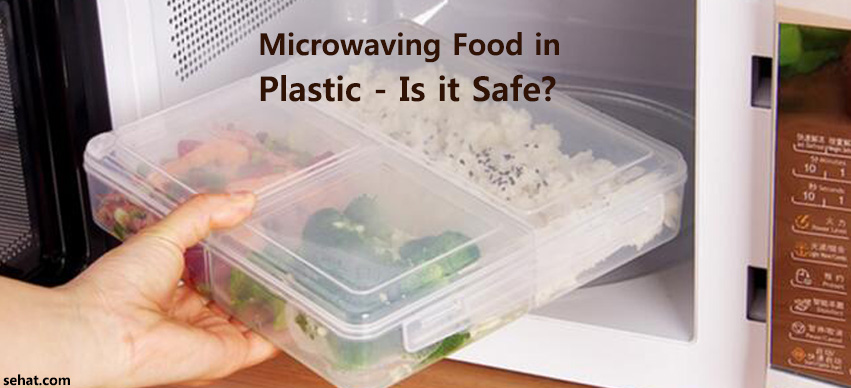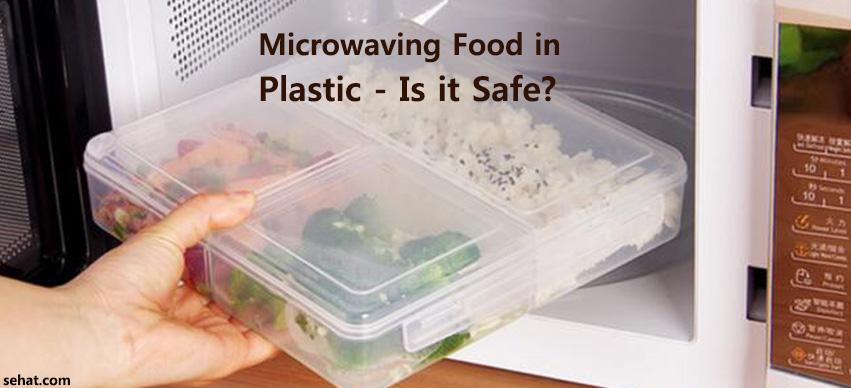Microplastics in Humans: Understanding the Risks and How to ..
8 Min Read


Microwaves are commonly used in all homes nowadays and they are practically used for warming up food. But what is becoming a matter of concern is whether warming food in plastic containers is safe or not. There have been misconceptions that microwaved plastic leads to release of dioxins in food. Dioxins are cancer-causing chemicals. But it has been proved by researchers and scientists that plastics do not contain dioxins. They are actually formed when materials like plastics, wood, garbage, metals etc are burned. As long as food is not burned in the plastic container inside the microwave, there are no chances of release of dioxins.
Many people don’t know that plastic is not a single substance. Various kinds of organic and inorganic substances are combined together to form plastic. Various kinds of substances are added to plastic so that it can be given desirable shape and can be stabilized. Two most common stabilizers used in this regard are:
Both phthalates and BPA are regarded as ‘endocrine disrupters’. These cause imitation of human hormones and not for anything good.
There are high chances of phthalates and BPAs leaking into the food when food items are wrapped in plastic or put inside a plastic container and inserted into the microwave for warming. This migration of harmful substances is more in different kinds of fatty foods like cheese and meat variants. For other foods, the rate of migration is much less.
Not recently, but long ago, FDA marked chances of small amounts of plasticizers to mix with food items. This is the reason that there are strict regulations on use of plastic materials and containers, which have chances of coming in contact with food items. FDA has rules in which the manufacturer need to test and examine the containers using various kinds of testing techniques which adhere to FDA specifications and standards. After the test is done, the test data and result is reviewed thoroughly before providing approval to a container for using in the microwave.
There are specific tests, which help in measuring the chemical migration into foods at varying temperatures. The wrap or containers might face different temperatures during daily usage. There are many considerations that need to be made for microwave approval. Some of these conditions include:
There is also measurement of the chemicals which migrate into the food and the percentage varies for each food type. The maximum permissible and allowable amount is 100-1000 times less per pound of body weight when compared to the amount shown for harming animals in the laboratory (for testing) for lifetime use. Containers which pass this stringent test can display the microwave-safe icon on their product. Such containers can be used without fear inside the microwave.
In contrast to popular belief, you might find that various kinds of polystyrene and Styrofoam containers are extremely safe to be used in microwaves. Check the label and you can understand well whether the container can be used in the microwave or not.
Use containers that are safe and suitable for the microwave and enjoy your food.
Sehat provides list of best General Physicians in Delhi from which you can research and choose the right doctor for your condition.